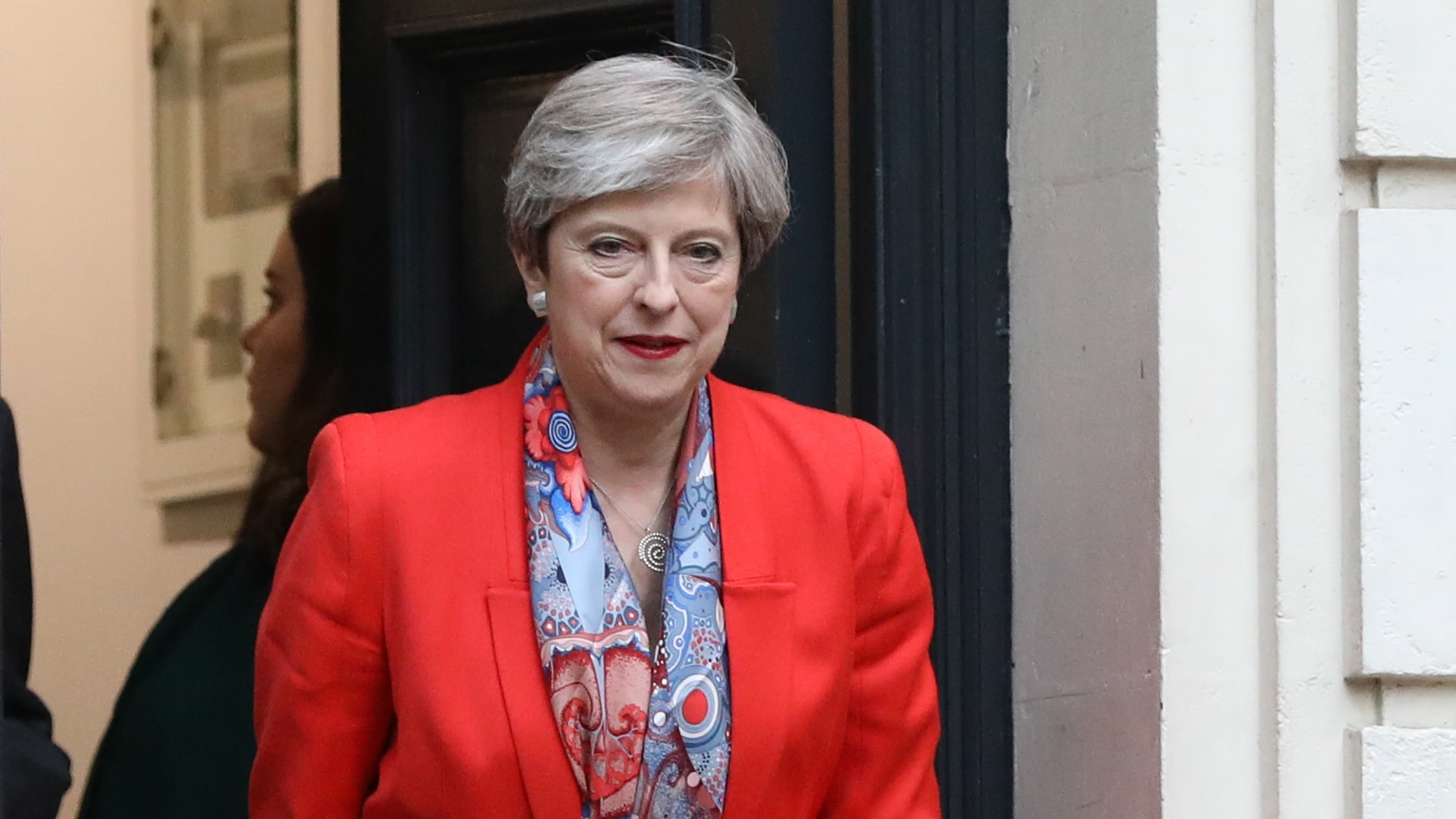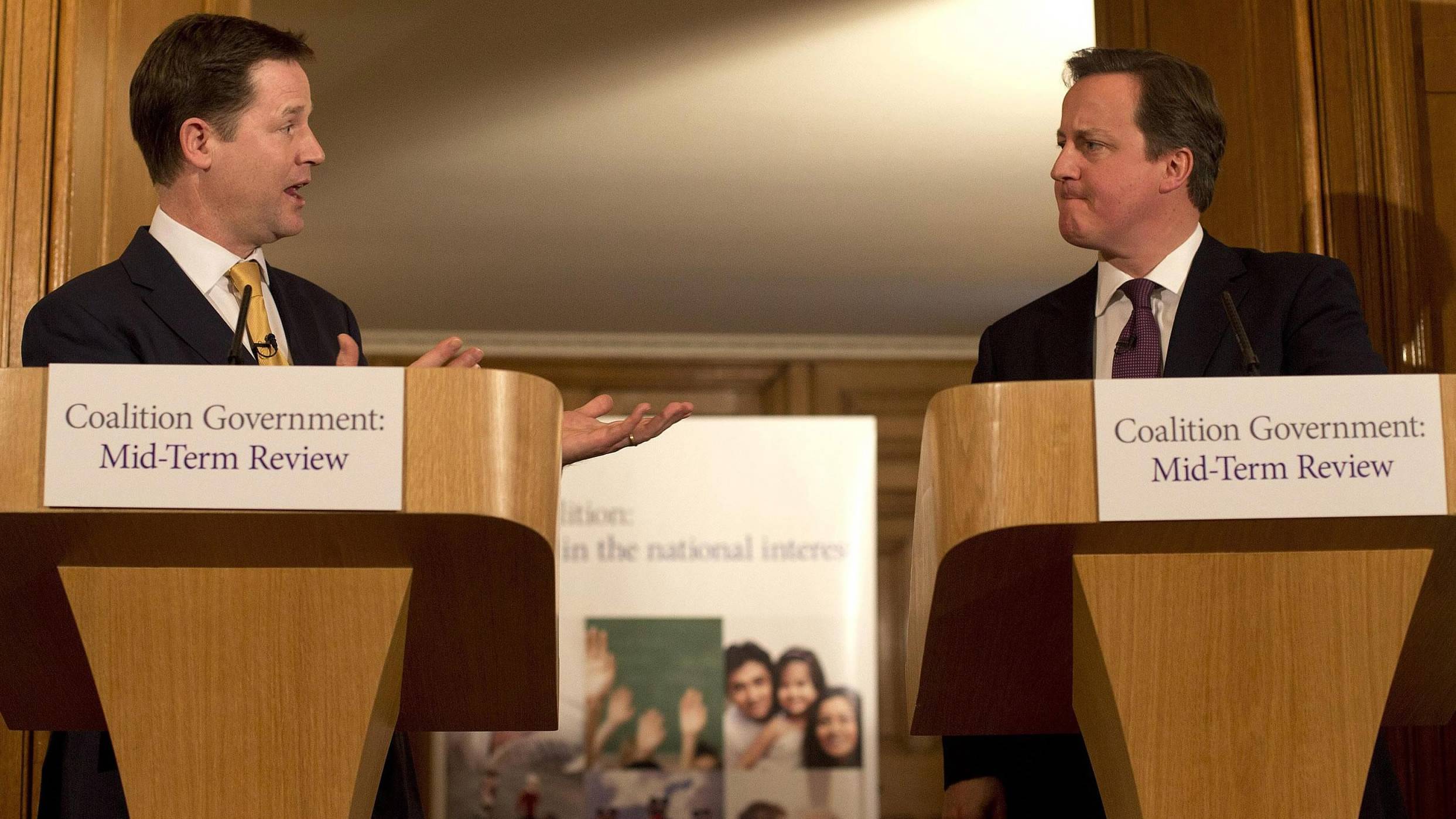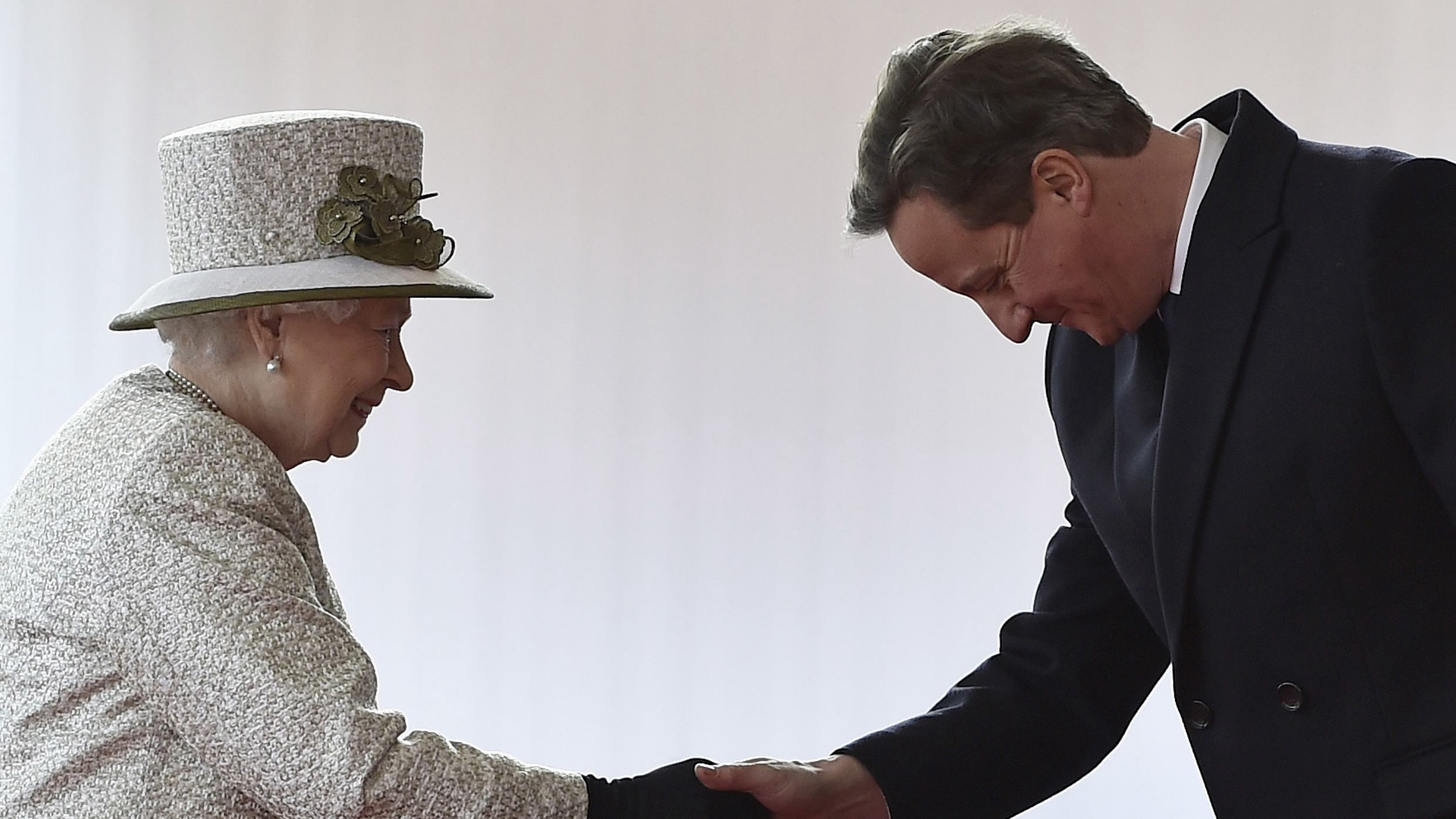Following the results of the the UK general election on June 8th, where the governing Conservative Party lost its parliamentary majority, Prime Minister Theresa May is at 12:30 pm expected to go to Queen Elizabeth II and ask the monarch for permission to form a government.

Theresa May's Conservative Party lost its parliamentary majority in the UK general election on June 8th/CFP photo
Even without a majority, the Conservatives are still the largest party, leaving the UK with what is known as a “hung parliament”. This is a scenario in which the monarch, who is largely thought of as ceremonial in British politics, still has an important constitutional role to play.
What is a hung parliament?
A hung parliament occurs when, after all the votes have been counted, no party has more seats in parliament than all other parties combined. In this case, the various party leaders will negotiate with each other to try to form a coalition that will take them past the magic number of 326 seats needed for a parliamentary majority.
This is what happened in the UK general election in 2010, when the governing Labour Party was ousted after the Conservatives and Liberal Democrats formed the UK’s first coalition government since World War II.
Is there a time limit to coalition negotiations?

David Cameron (R) was able to form a coalition with Lib Dem leader Nick Clegg (L) in 2010/CFP photo
Strictly speaking, no. The 2010 coalition was formed after five days of talks between Conservative Party leader David Cameron and his Lib Dem counterpart Nick Clegg. In this case, incumbent Prime Minister Gordon Brown resigned when it became clear that he couldn’t form a majority and Cameron could.
Fast forward to 2017, and Theresa May’s Conservatives now have to form a coalition to stay in office. That might be tricky, as many other parties have said they have no intention of forming an alliance with the Tories.
At the moment, the first deadline is June 13th, when the new parliament is scheduled to meet for the first time. According to the Cabinet Office, May has until this date to put together a deal to keep herself in power or resign. However, she is entitled to wait and see if she has the confidence of the House of Commons.
Another potential spanner in the works is how this might affect Brexit negotiations. These were due to begin on June 19th, but if forming a new government takes a while, the UK may need to ask the EU for a delay.
How does the queen fit into all this?

Queen Elizabeth II greets former Prime Minister David Cameron/CFP photo
Although she is officially head of state, Queen Elizabeth II’s role is largely a ceremonial one, and by convention, the monarch does not get involved in party politics. However, she does have several official roles, such as formally dissolving government and appointing new prime ministers, as well as having a weekly meeting with the incumbent Prime Minister.
While these are largely formalities, if none of the parties can agree on who has the best chance of forming a government, the queen could use her reserve powers to intervene, and call a fresh election if a workable government can’t be formed.
However, this would require the unlikely scenario of both May and Labour leader Jeremy Corbyn both being unable to get enough political support, and it is worth noting that the monarch’s reserve powers have not been used in the 20th or 21st centuries.
At 12.30 pm, May is banking on the support of Democratic Unionist Party MPs to give her enough support to enable her to form a government. The queen will then decide whether to grant her permission to do so, allowing the Prime Minister to hold onto power.









